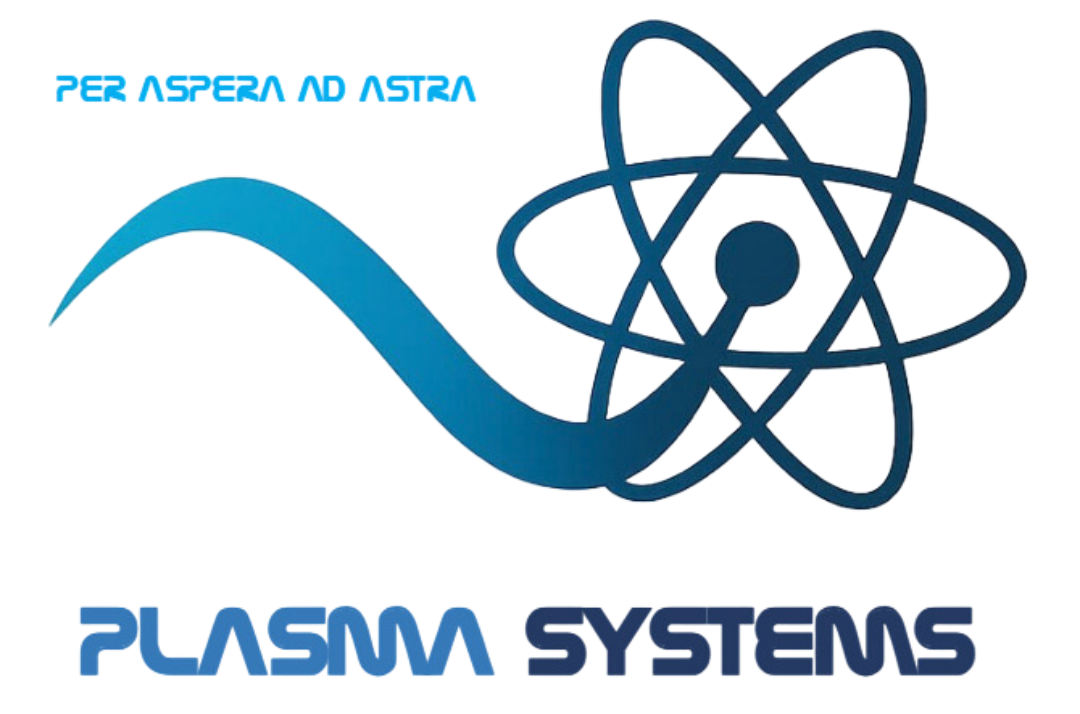Transform Your Agricultural Operations
Partner with Plasma Systems to implement cutting-edge plasma technology for sustainable nitrogen fixation. Our engineering team provides comprehensive support from system design to field deployment, ensuring optimal performance for your specific agricultural requirements.
info@plasma-systems.com